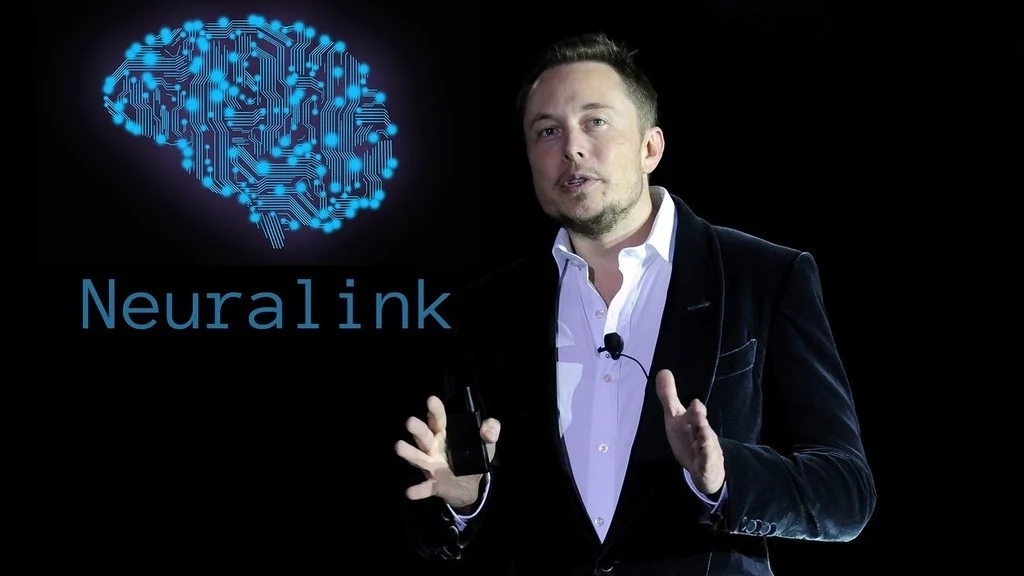In a fascinating revelation by one of Elon Musk’s biographers, Ashlee Vance, it has been disclosed that thousands of individuals are expressing keen interest in acquiring Neuralink’s groundbreaking brain implants.
While Neuralink has not yet conducted implantation in a human, Vance’s recent report in Bloomberg sheds light on his ten visits to the company’s facilities over the past three years. According to Vance, Neuralink is gearing up to perform surgeries on eleven patients in the upcoming year and envisions an astonishing 22,000 procedures by the year 2030.
Founded by Musk in 2016, Neuralink achieved a significant milestone earlier this year with clearance from the US Food and Drug Administration to commence human testing of its revolutionary device—an innovation playfully referred to by Musk as a “Fitbit in your skull.” The journey, however, faced initial setbacks when the FDA rejected Neuralink’s application for human testing in March, citing safety concerns, including potential issues such as the movement of wires inside the skull or overheating of the brain chip.
Initiating a pioneering phase in September, Neuralink actively sought individuals with amyotrophic lateral sclerosis or spinal cord injuries leading to paralysis in all four limbs for its first human experiment, as outlined in the company’s blog post.
While Neuralink envisions creating a device that facilitates communication with machines through a symbiotic connection and allows mind-controlled gaming, its core mission remains rooted in assisting individuals grappling with neurological conditions.
Despite a notable surge in interest from prospective patients, the company, as highlighted by Vance, is still in search of its inaugural volunteer—an individual willing to undergo a craniectomy, paving the way for a large robot to delicately insert electrodes and ultra-thin wires into their brain.
As detailed in Musk’s biography, the surgical procedure would take a “couple of hours,” while the robot, equipped with a fine array of approximately 64 threads, would require about 25 minutes for the meticulous placement of the device. These threads, measuring around one-fourteenth the width of a single human hair strand, exemplify the intricacies of Neuralink’s groundbreaking technology as it embarks on reshaping the future of human-machine interface.




